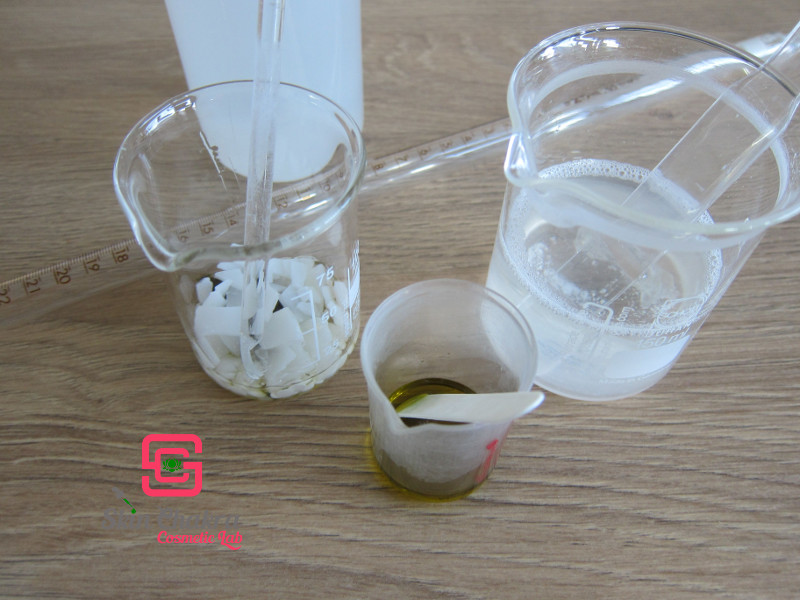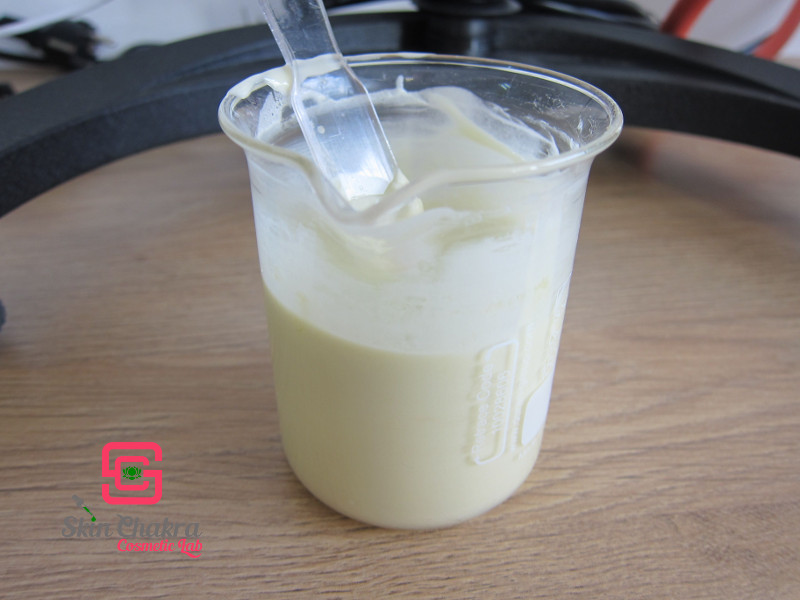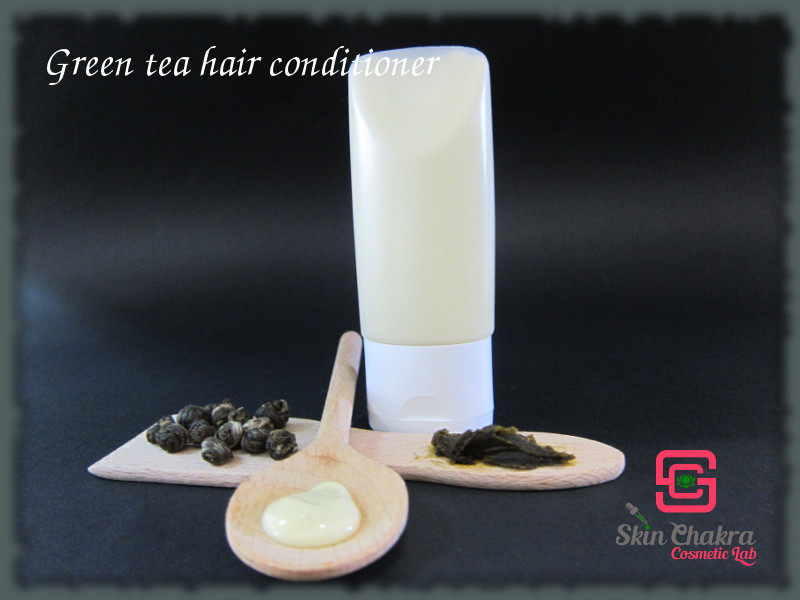Making a hair conditioner is really not a rocket science but making a "natural" hair conditioner could be quite challenging.
There are not many "natural" cationic surfactants on the market yet to start with. Apart from that and in their enthusiasm for using all those lovely oils and butters, "natural formulators" usually overdose them in the conditioner and the final product would often be non-appealing in texture and performance.
I'm not going to recreate the wheel but simply am going to share a recent formulation that even Swetti loves (and that must mean something). Please read our previous blog post about hair conditioner if you want to get more information about the theory and principle of hair conditioners:
Ingredients:
| Phase A |
|
| Freshly boiled (and cooled) distilled water |
to 100,0% |
| Coco glucoside, glyceryl oleate |
1,0% |
| Glycerine |
3,0% |
| L-Arginine |
0,2% |
| Phase B |
|
| Emulsense HC |
5,0% |
| Lexfeel natural |
2,0% |
| Cetyl alcohol |
2,0% |
| Squalane |
2,0% |
| PCA Glyceryl oleate |
1,0% |
| Green tea wax |
1,0% |
| Natural Vit E |
0,5% |
| Phase C |
|
| Walnut oil |
1,0% |
| Fenugreek CO2 extract |
1,0% |
| Green Mandarin oil |
0,8% |
| Ginger oil |
0,1% |
| Litsea cubeba oil |
0,1% |
| Rosemary CO2 extract |
0,1% |
| Spectrastat G2-N |
0,8% |

Procedure:
1- Heat phase A and B separately in a water bath @ ca. 75 oC.
2- When all of phase B is melted stop heating and add phase B to A while stirring
3- homogenize for a few minutes and start cooling down while stirring. Stirring during cool-down is very important for a nice texture and stable conditioner

4- After the temperature has reached around 30 oC add Phase C with the preservative and the essential oil.
5- Prepare a 10% dilution in distilled water and measure the pH. In our case it was 4,5. You made get another pH depending on the ingredients you use.

6- Take your micro kit and stability samples and fill the conditioner in a suitable bottle or tube.
7- Enjoy the luxury of a nice texture and uplifting scent
BeHappy and have fun





